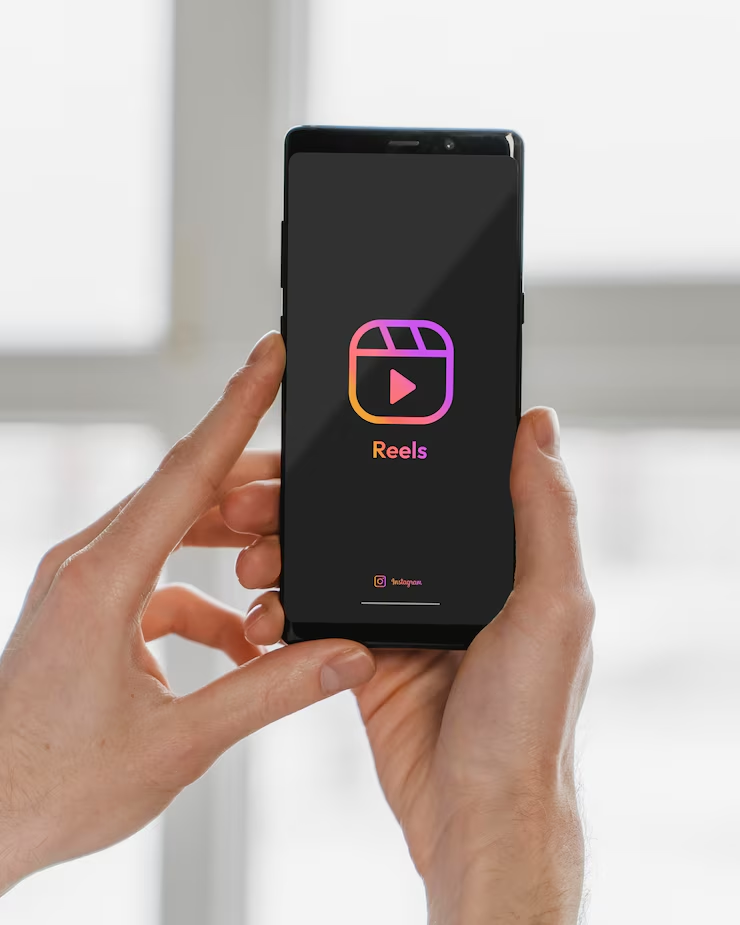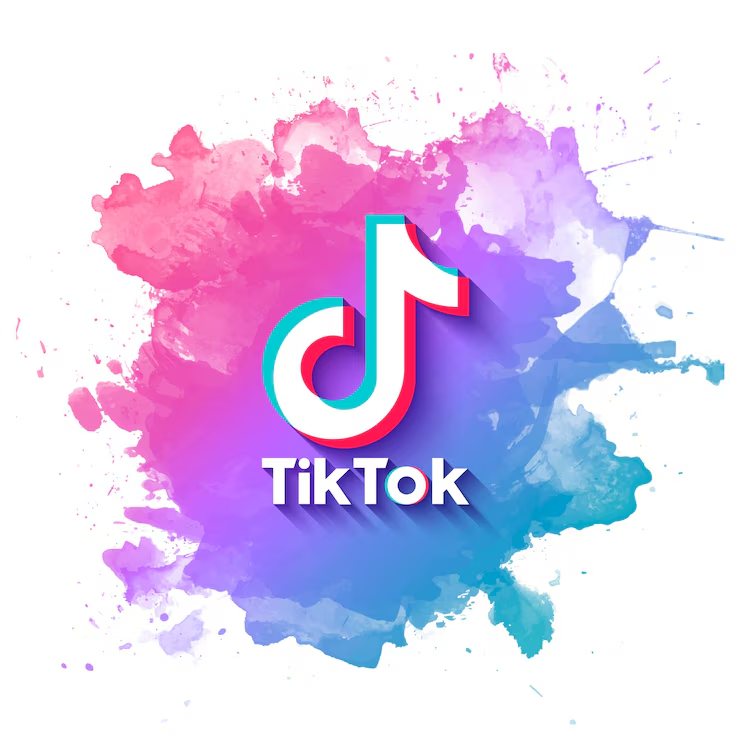How to Test Which Hook Performs Best on Instagram
In the world of Instagram content, especially Reels and short-form video, the first few seconds can make or break your video. You might have incredible content, high-quality editing, or trending audio, but if your hook doesn’t stop people from scrolling, none of that will matter.
So, how do you know which hook performs best for your audience? You test. Just like marketers A/B test headlines and creatives, content creators should test hooks to find what truly grabs attention.
In this blog, we’ll walk you through the complete process of testing hooks on Instagram — from strategy to analytics — so you can optimize your Reels for maximum engagement.
What Is a Hook and Why Does It Matter?
A hook is the first 1–3 seconds of your video. It’s the part that captures interest, creates curiosity, or triggers emotion. A good hook makes someone say, “Wait, what’s this?” and keeps them watching.
On Instagram, where users mindlessly scroll through an endless feed, a strong hook is essential for:
- Stopping the scroll
- Boosting watch time
- Improving retention
- Increasing likes, shares, saves, and comments
So instead of guessing which hooks might work, let’s dive into how you can test them.
Step 1: Create Hook Variations
Start by making 2–3 versions of the same video, each with a different hook at the beginning. For example:
- Hook A: “Most gamers NEVER spot this hidden trick.”
- Hook B: “Here’s why your K/D ratio sucks.”
- Hook C: Start with a surprising gameplay clip before any text or voiceover.
Keep everything else in the video the same — visuals, audio, captions, hashtags — so the only changing element is the hook.
Tips for Writing Hook Variations:
- Ask a question (“Did you know…?”, “What if you could…?”)
- Make a bold statement (“This strategy will change your game.”)
- Use surprise/shock (“You’ve been doing it wrong your whole life.”)
- Start with the end result (“Here’s how I gained 100K followers in 30 days.”)
Step 2: Publish at Consistent Times
Once you have your hook variations, post them at the same time of day across different days.
For example:
- Hook A – Monday at 6 PM
- Hook B – Wednesday at 6 PM
- Hook C – Friday at 6 PM
This helps eliminate timing as a variable and keeps your testing fair. Be sure to give each post a minimum of 24–48 hours to collect data.
Step 3: Use Instagram Insights to Track Performance
To test effectively, you’ll need to use an Instagram professional or creator account (which is free). Here’s what to look at in your Reels Insights:
Key Metrics:
- Plays – Total times the video was viewed.
- Watch Time – If available, this tells you how long people watched your video.
- Average Watch Duration – A high-performing hook usually leads to longer durations.
- Replays – More replays often mean the opening was intriguing.
- Shares & Saves – Strong signals that your video delivered value.
- Comments – Look for reactions that indicate your hook made an impact.
Write down your metrics for each version to easily compare.

Step 4: Look at Retention Graphs (Meta Business Suite)
If you’re using Meta’s tools (like Creator Studio or Business Suite), you can access more advanced analytics.
Check out the retention graph to see when viewers drop off. If most people drop before the 3-second mark, the hook needs improvement.
A strong hook will keep viewers watching past 3, 6, even 10 seconds.
Step 5: Use A/B Testing Tools (Optional)
While Instagram doesn’t natively support A/B testing, you can use tools like:
- Later.com – Offers social testing features.
- Kapwing – Helps compare video performance visually.
- Metricool – Tracks hook engagement trends across posts.
These tools can help you spot winning patterns over time, especially when testing several hook styles.
Step 6: Ask Your Audience
Don’t underestimate the power of manual feedback. You can test your hooks before posting by sharing them via:
- Instagram Stories (Close Friends list)
- Private DMs to trusted followers
- Polls (“Which version would you watch longer?”)
This approach works especially well for creators who want quick feedback before a major campaign or launch.
Step 7: Refine and Reuse Winning Hooks
Once you identify what works, use that style again — with a twist. If a question-style hook worked best, try applying that format to future content in the same niche.
Examples of reusable winning formats:
- “You’re probably doing THIS wrong…”
- “Here’s why your views are low (and how to fix it)”
- “The secret Instagram doesn’t want creators to know…”
Save these as templates for your content strategy.
Common Mistakes to Avoid
- Changing too many variables: Only test one thing at a time — the hook.
- Comparing videos from different topics: Keep the body/content of the video consistent.
- Judging results too early: Give each post 24–48 hours minimum.
- Ignoring saves & replays: Likes are nice, but they’re not the best metric.
Real-World Example: Gaming Creator
A gaming creator tested three hooks for the same montage video:
- A: “My cleanest sniper kills ever.”
- B: “Wait for the last kill… insane!”
- C: Clip starts with the final kill, no intro.
Result: Version C had 35% higher average watch time and 2x the saves — meaning the shock value of the moment immediately engaged viewers. Lesson? Start with the action, not the intro.
Final Thoughts: Testing Is the Key to Viral Hooks
External Resources:
- Instagram Creator Lab – Tips and best practices from Instagram itself.
- Later Blog – A/B Testing on Instagram – Guides on how to run experiments effectively.
- Social Media Examiner – Expert-level marketing and analytics insights for creators.
There’s no one-size-fits-all answer when it comes to Instagram hooks. What works for one audience may flop for another. That’s why testing is not just useful — it’s essential.
If you’re serious about growing on Instagram, treat hook testing as part of your content workflow. Experiment, analyze, and adapt. Over time, you’ll build a formula that not only increases your reach but turns passive viewers into loyal followers.
And if you need inspiration or done-for-you hook ideas, check out ViralHooks.Pro — a free library of viral transitional hooks for creators.
Happy testing!





